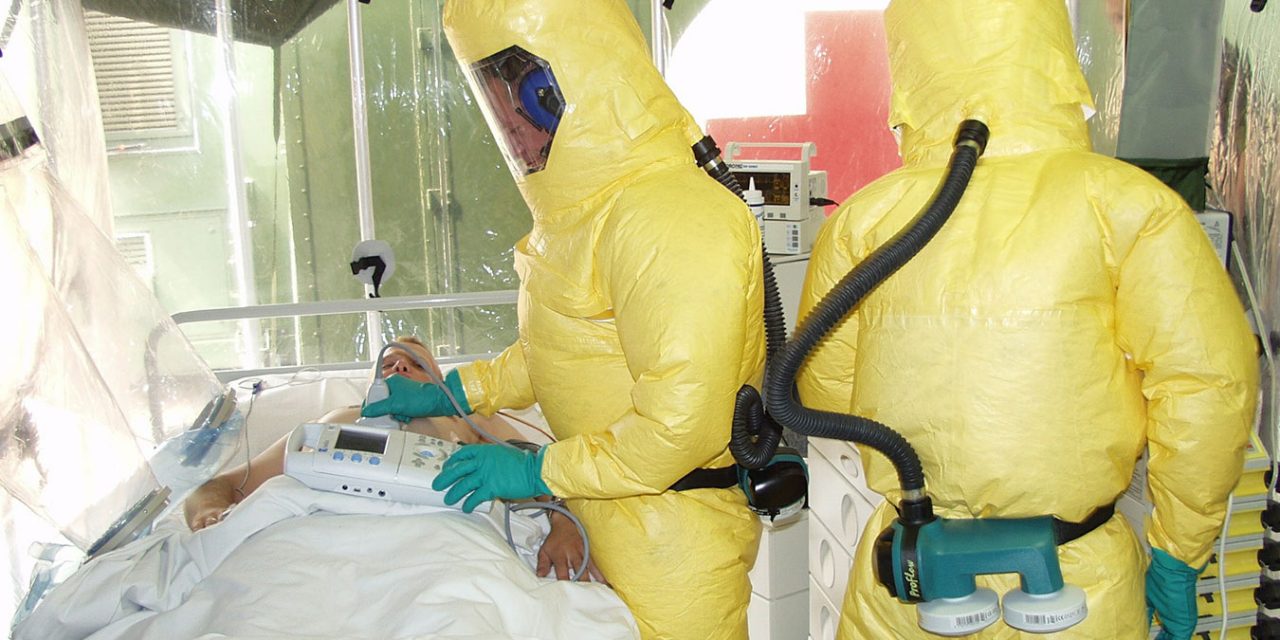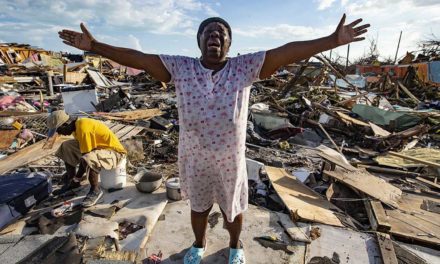Conflict Helping Ebola to Spread The outbreak in the DRC is the second largest in history and has seen a significant spike in recent weeks. The deadliest one was the epidemic in West Africa between 2013-16, which killed 11,300 people. In the West African outbreak, the response from WHO and the international community was initially poor and disorganised, whereas WHO have met the Ebola outbreak in DRC with an organised and targeted approach. But despite this, efforts to contain the spread of the disease have been hindered by what is essentially a civil war, with violence between several different militias. There is also suspicion of foreign medical personnel. Nearly 200 health facilities have been attacked in the DRC this year and one WHO doctor, Dr. Richard Valery Mouzoko Kiboung, was killed in an attack in April. In February the charity Medecins Sans Frontieres put all its activities in the cities of Butembo and Katwa in the east of the DRC on hold; both areas are in the epicentre of the Ebola epidemic but are also areas where there are high levels of violence. Because of the problems of containing, preventing and trying to treat Ebola in what is essentially a war zone, some medical professionals have predicted that the outbreak might take another two years to contain. “This epidemic is in a truly frightening phase and shows no sign of stopping. We can expect and should plan for more cases in DRC and neighbouring countries,” Jeremy Farrar, an infectious disease specialist and director of the Welcome Trust, a global health charity, told UK media.
Uganda Better Prepared Than DRC
As well as the three people who have died, another seven other cases have been reported in Uganda. But no one knows yet exactly how far the virus has spread in the country. But the country has prepared well for this moment and has taken a number of preventive measures, such as vaccinating healthcare workers. 4,700 health workers have already been vaccinated against the disease, according to a statement by WHO and Ugandan officials. All kinds of mass gatherings in Uganda including market days and prayers have been cancelled but with 20,000 people living near the border area, officials from the DRC have asked Ugandan authorities to restrict cross border movement in an effort to stop the disease spreading further.What is Ebola and Where Does it Come From?
People are infected with Ebola when they have contact with bodily fluids of someone who is infected, such as through broken skin, through the mouth or nose or with the vomit, faeces or any other bodily fluids of someone with Ebola. Initially, patients have a sudden high fever, a sore throat, muscle pain and an intense weakness, which progresses to vomiting, diarrhoea and internal and external bleeding. Patients die from dehydration and multiple organ failure. Infection can also come from sex with an Ebola survivor and the virus can be present in semen for many months after recovery. A number of mammals and primates, such as bats, antelopes and chimpanzees can also die and be carriers of the disease.]]>- Why is California So at Risk from Wildfires? - 13th November 2019
- Carbon Offsetting is Growing but Does it Make a Difference? - 11th November 2019
- Three Confirmed Dead as Australia Prepares for “Catastrophic” Bushfires - 11th November 2019






